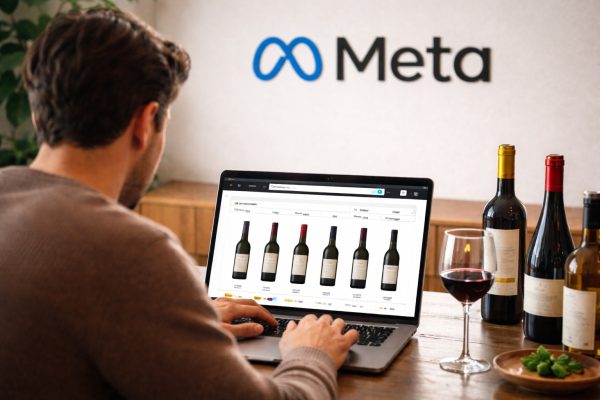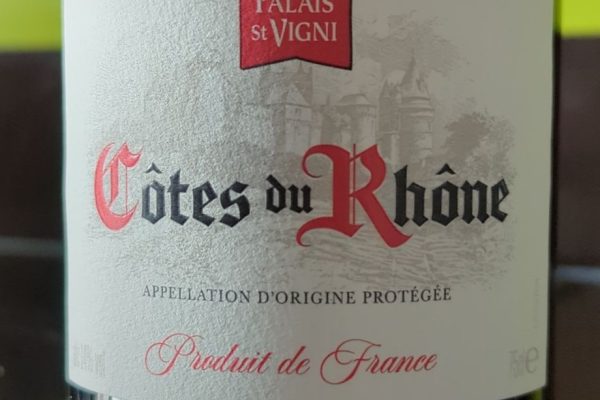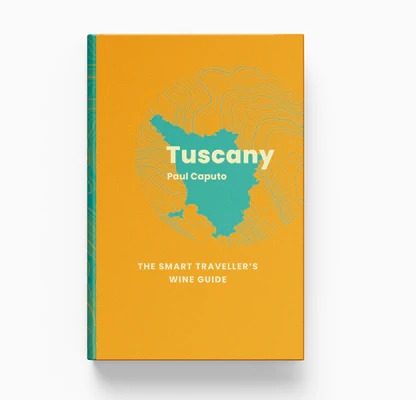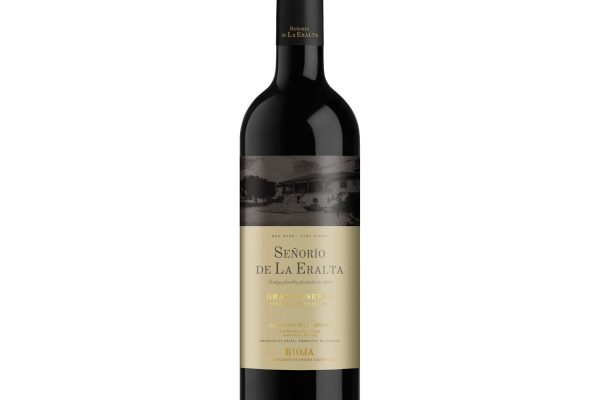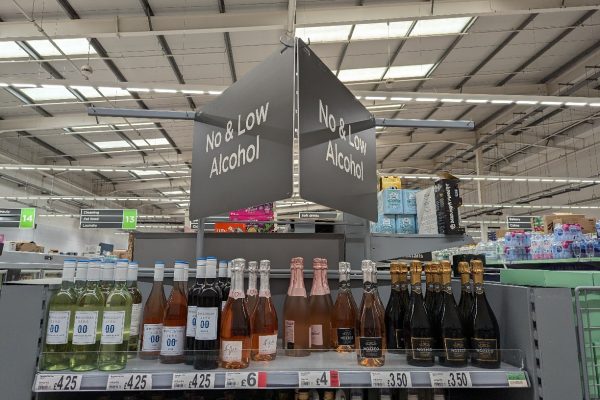
A new research paper “Dominant business models and sustainable long-term growth, A System Dynamics-based analysis of the Prosecco wine industry” (pdf) investigates the strong growth of the Prosecco (DOC) industry and its implications for long-term sustainability.
The industry’s great rise can be attributed to a variety of factors. Regulatory changes in 2009 significantly expanded the production area for Prosecco, transforming it into an international success. This was coupled with a rapid increase in production capacity, which allowed the industry to offer competitive pricing. The number of bottles produced escalated from 140 million in 2010 to 627 million in 2021.
Another factor was the emergence of new business models, particularly those focused on trading rather than integrated wine production. These trader companies became the driving force behind the industry’s growth. They were complemented by aggressive market penetration strategies, which were supported by affordable pricing and robust marketing campaigns. Consumer preferences also played a role; the demand for lighter wines and popular cocktails contributed to Prosecco’s widespread appeal. Additionally, Prosecco was successful in capturing market share from other sparkling wines, such as Spanish Cava, and even attracted consumers who typically don’t drink sparkling wine. The role of the Prosecco DOC Consortium in coordinating production and marketing efforts further facilitated this growth.
The paper identifies two dominant business models in the industry: integrated producers and traders. Integrated producers are traditional companies that manage the entire production process, from grape growing to wine selling. While they have the advantage of complete control, they are less flexible in adapting to market changes due to high fixed capital investments. Traders, on the other hand, focus mainly on bottling and selling the wine. They are more agile and can quickly adapt to market fluctuations, usually sourcing their grapes or bulk wine from independent producers.
Using a System Dynamics approach, the paper examines the long-term sustainability of these dominant business models. While the trader model has been instrumental in the rapid growth of the Prosecco industry, it also raises concerns about its long-term viability. The model is inherently complex and vulnerable, relying on a range of variables that are external to the firms, such as market conditions and consumer preferences. This complexity is further exacerbated by the interaction between traders and integrated producers, which affects the development of business resources and leads to a reduction in innovation-related know-how.
The price-based competition introduced by traders has the effect of pushing down average prices, making it challenging for integrated producers to differentiate their products and achieve higher margins. This is particularly problematic as integrated producers require higher prices to sustain their business model, which involves significant investments in product differentiation. The paper highlights the risks associated with the supply chain. Any shortage in the availability of raw materials like grapes could dramatically increase production costs, thereby affecting profitability and potentially bringing the industry’s growth to an abrupt halt.
In conclusion, the paper suggests that while dominant business models have been effective in driving the rapid growth of the Prosecco industry, they also pose significant challenges to its long-term sustainability, including financial instability, a reduction in innovation and supply chain vulnerabilities.
Note that this is separate to the, much smaller, Prosecco DOCG region that has more artisan wines.




